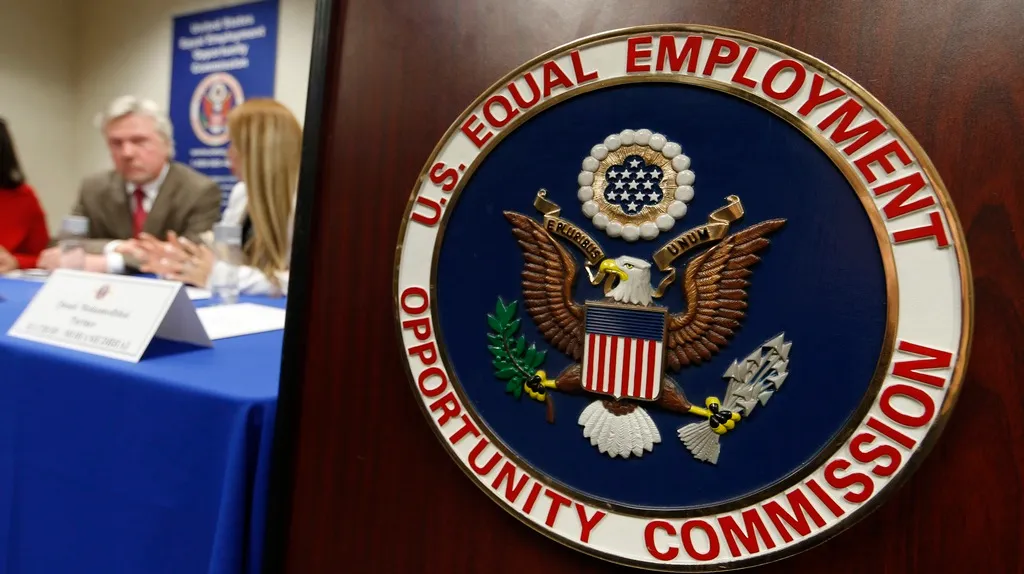September 10, 2021
Looking Back at Five Years of U=U
Kilian Melloy READ TIME: 3 MIN.
It's become commonly accepted today that when a person living with HIV has an undetectable viral load thanks to an effective treatment regimen, it's impossible to transmit the virus. But five years ago, U=U ("Undetectable Equals Untransmittable") was a bold, perhaps even radical, statement.
The news the U=U was released in a consensus statement titled "Risk of Sexual Transmission of HIV From a Person Living With HIV Who Has an Undetectable Viral Load" on July 21, 2016, Plus Magazine recalled. The statement came from "a group of accomplished doctors, activists, and scientists in the global HIV sphere – including the current director of the Division of HIV/AIDS Prevention for the Centers for Disease Control and Prevention, Dr. Demetre Daskalakis," the article detailed.
At that time, "Much of the messaging about HIV transmission risk [was] based on outdated research and... influenced by agency or funding restraints and politics which perpetuate[d] sex-negativity, HIV-related stigma and discrimination," the statement noted.
Though the message has yet to be heard and understood everywhere, significant progress has been made to educate the public, healthcare professionals, and lawmakers about U=U, and to persuade "established health organizations like the CDC, the World Health Organization, and UNAIDS to endorse U=U and update their assessments of HIV 'risk,' " Plus recounted.
Stigma and misinformation linger, however, and the group behind the statement, the Prevention Access Campaign, "has continued to spread its message, advocating for the lessons of U=U to be standard practice in all HIV care," the Plus article said.
The ongoing COVID-19 pandemic has underscored the need for ongoing efforts in outreach and education around U=U, as well as improving access to testing and medical intervention, Plus noted, "especially as health disparities among people living with HIV have been laid bare" during the pandemic.
"There are still 400,000 people living in the U.S. not virally suppressed, according to PAC," the account detailed.
U=U might be seen by some as a stopgap measure until the holy grails of HIV prevention and treatment –�a vaccine against, and a cure for, HIV – can be developed.
But though promising new approaches have injected fresh hope into the quest for a vaccine against HIV, the facts around how COVD vaccines have been apportioned offer a reality check.
In an article about how future efforts to deploy a HIV vaccine could be stymied, GC magazine pointed to today's "patterns of distribution" of vaccine doses in the battle against COVID-19.
"Covax, an initiative founded in 2020 to help ensure fair access to vaccines across the globe, had delivered more than 80 million doses as of June 2021, " GC noted. "However, the scheme remains underfunded".
Making the situation worse, "affluent nations have been accused of hoarding vaccines. The People's Vaccine Alliance has claimed that poorer countries will only be able to vaccinate ten per cent of their population, while some richer nations have bought enough supplies to vaccinate their populations three times over."
Equally disturbing is the way in which PrEP – which has proven enormously effectual in countering the spread of HIV – met early resistance that seemed nothing short of Puritanical. GQ recalled that in 2014, "Michael Weinstein, the president of the Aids Healthcare Foundation, famously labelled PrEP a 'party drug' " –�a characterization that set aside medical and epidemiological concerns in favor of what looked like a shaming accusation that the point of PrEP was "hedonism among gay men."
Similarly, the English healthcare system took the divisive stance that the cost of providing PrEP for gay men would end up causing funding shortfall for cancer patients, "pitting at-risk populations for HIV against patients with terminal illnesses in a zero-sum game of healthcare provision," GQ recalled.
"If PrEP has easily been written off as a 'frivolous' tool for promiscuous gay men – in comparison to other, more 'serious' treatments – what suggests an HIV vaccine would be treated any differently?" GQ asked.
No cure is yet in sight, and vaccines remain years way, but tried and true methods of combating HIV remain in force, and to good effect: Education and outreach leads to more testing, which leads to medical intervention, which has a direct effect on reducing HIV transmission. Why? Because such efforts, and the fact -based information they rely on, help overcome fear and stigma and promote the adoption of effective pharmaceutical regimens. The message of U=U is part of that essential educational process.
Kilian Melloy serves as EDGE Media Network's Associate Arts Editor and Staff Contributor. His professional memberships include the National Lesbian & Gay Journalists Association, the Boston Online Film Critics Association, The Gay and Lesbian Entertainment Critics Association, and the Boston Theater Critics Association's Elliot Norton Awards Committee.






